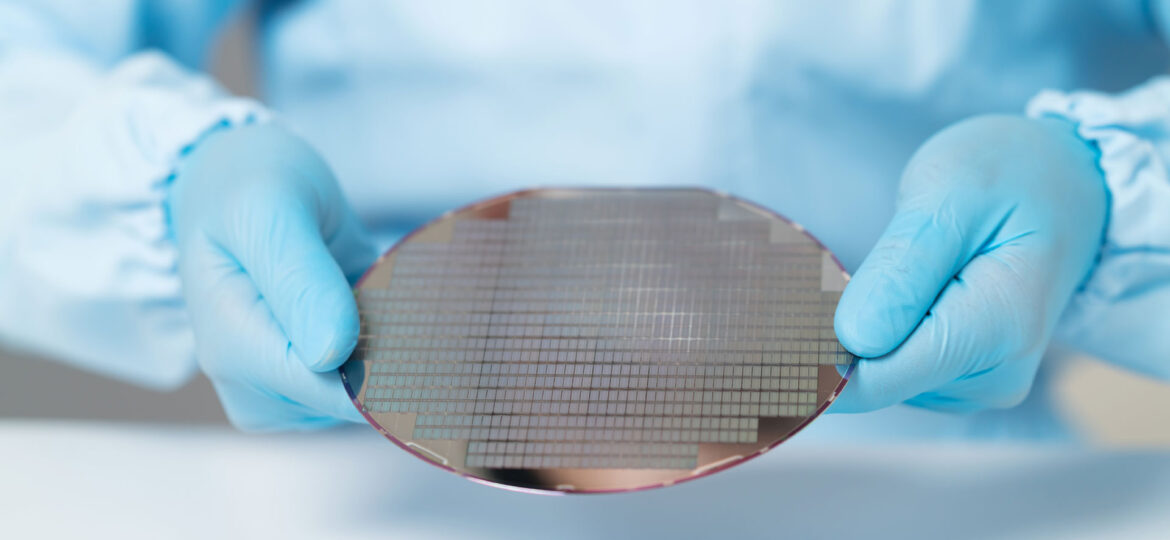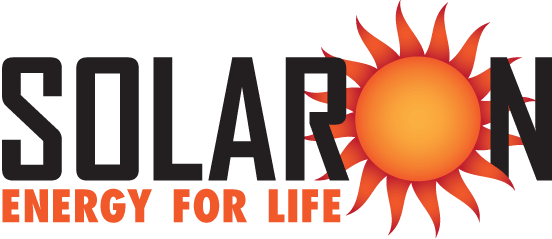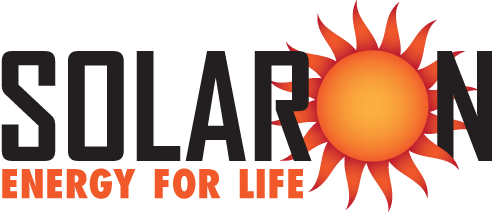
The solar panels you put on your roof are comprised of many different components. One of the primary components are solar cells (formally called photovoltaic cells, PV for short), which convert sunlight to electricity. Even solar cells are made of different components — many of them put together at almost microscopic levels. One of the main components for solar cells is silicon. There are three methods currently used to apply silicon to solar cells: monocrystalline, polycrystalline, and amorphous silicon production.
Monocrystalline Silicon
This method takes molten silicon, lets it cool into a solid piece, and then slices it into single-cut wafers. There are no seams, joints or breaks within the wafers. If an inspection detects any such imperfections, then those wafers are discarded and returned to molten form for another attempt. This large, single sheet of silicon allows electrons to pass through uninterrupted by breaks, resulting in the most efficient flow of photovoltaic electricity possible. Monocrystalline silicon is the best, but it is also the most expensive to produce. You can recognize it by it’s black color, the same color as found in SunPower solar cells.
Polycrystalline Silicon
Using high heat, this method vaporizes silicon and allows it to recrystallize on a target surface in a controlled environment. The result is multiple silicon crystals of various sizes fused together. At that point it is reformed into thin sheets and used in creating solar cells, resulting in a blue tint. This process is less expensive than monocrystalline production, but any electrons must jump from one silicon crystal to another as they travel, resulting in less efficient flow. Cheap PV cells are therefore generally blue.
Amorphous Silicon
Amorphous silicon is deposited as a vapor on one side of a very thin sheet of plastic. On the other side of the plastic is an equally thin sheet of metal. A clear conductive material gets placed over the top of the silicon layer, then a laser etches out the borders of each solar cell created. Finally, a protective laminate seals in the cell on the top and bottom. The finished product is a thin array of photovoltaic cells. Unlike monocrystalline or polycrystalline silicon, amorphous does not have a continuous layer of silicon but a random distribution of silicon atoms. This results in small, flexible solar cells. Unfortunately, it also means you need many more of them to generate the same amount of electricity. The benefits are the light weight and flexibility. Right now these cells are used in flexible solar panels that can wrap around curves, or in tarps, canvas, and canopies used for outdoor recreation, the military, and shade structures.
Maxeon Technology Only Uses the Best
Taking all this into consideration, you can understand why SunPower exclusively uses monocrystalline cell production with their Maxeon photovoltaic panels. It’s simply the best option. And since Solaron exclusively works with SunPower products, rest assured you’re getting the best solar system available. If you’d like to know more or have further questions, we invite you to ask us over the phone or schedule a free home solar analysis here on our website.

